This Fafnir Forge Single Edged Viking Sword has a forged and tempered blade of high carbon steel; the blade has a thick spine both for durability and for powering the blade through powerful, broad cutting strokes and debilitating hacks. The guard and pommel components are crafted from steel and the sword tang is robustly anchored into the two part pommel in the traditional Viking manner with a peen over the pommel bar which is covered by a pommel cap.
The sword is paired with a wood-core and leather-wrapped scabbard which is completed with a protective steel chape and a carved wooden suspension loop with leather band binding. The suspension loop allows for the sword to be knotted and slung or attached to your own sword belt or baldric.
The single edged Viking sword was more common than many would think; about one in five Norwegian Viking sword finds have a single-edged blade reminiscent of a langseax which is mounted into a sword hilt with many examples dating to the 9th century. Whether these swords existed alongside their dual-edged brethren as a matter of economic choice or warrior preference is unknown, but these single-edged blades gain a thick and stiff blade spine when one forgoes a second edge and this not only imparts additional durability to the sword, but it gives it some additional mass to power it through brutal cleaving blows and decisive cuts to create a sword with a ferocious bite!
he shape of the pommel is a Peterson Type “H”; a Viking hilt style that was fairly common and practical. This historically prevalent hilt design can “dig” into your wrist if you throw it out with a wide wrist motion when swinging and it is clear that the design of the sword hilt was intended to discourage this use. There are numerous debates about how best to use a Viking sword with either a “Hammer” or “Handshake” grip and this sword will work well for both. The type H can lock the hand and wrist together in alignment for controlled hammer swings, but it really comes into its own with a “Handshake” grip that places the broad pommel alongside the palm and this position allows the back of the hand and palm to aid in powering and “steering” the sword by giving extra contact and control between the hand and hilt. There is no definitive right or wrong grip choice between the two and it is likely that a skillful warrior may have used both styles to adapt to his current situation.


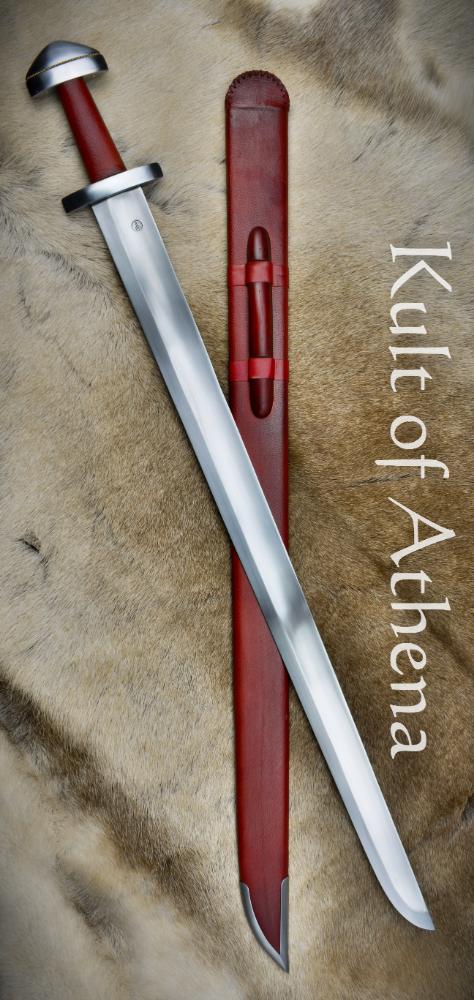

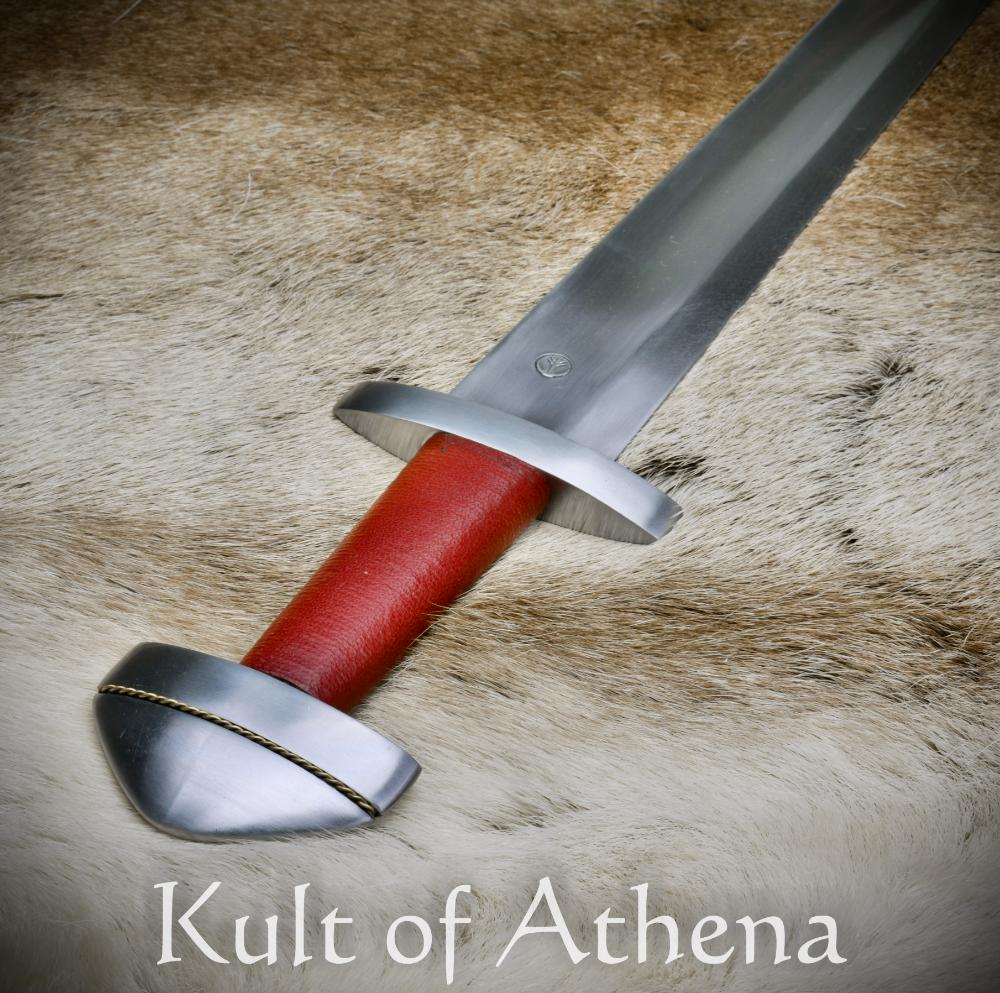

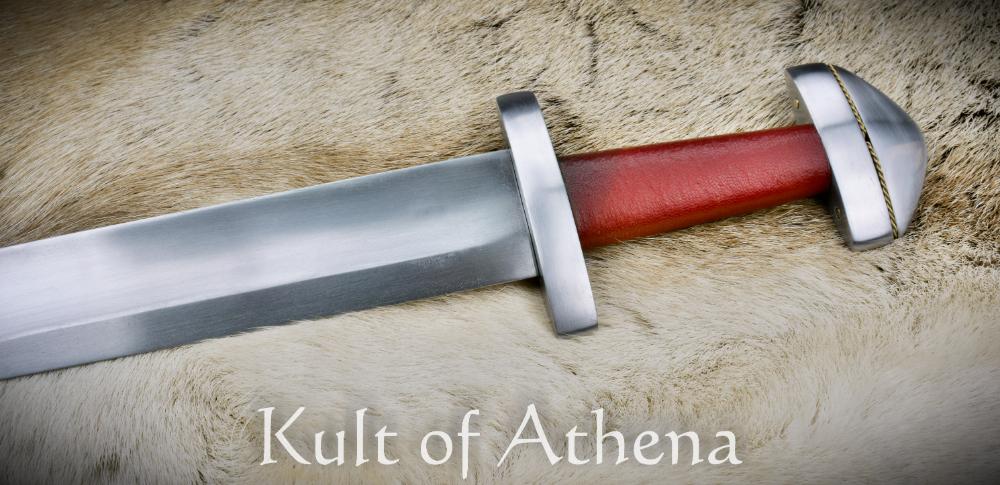



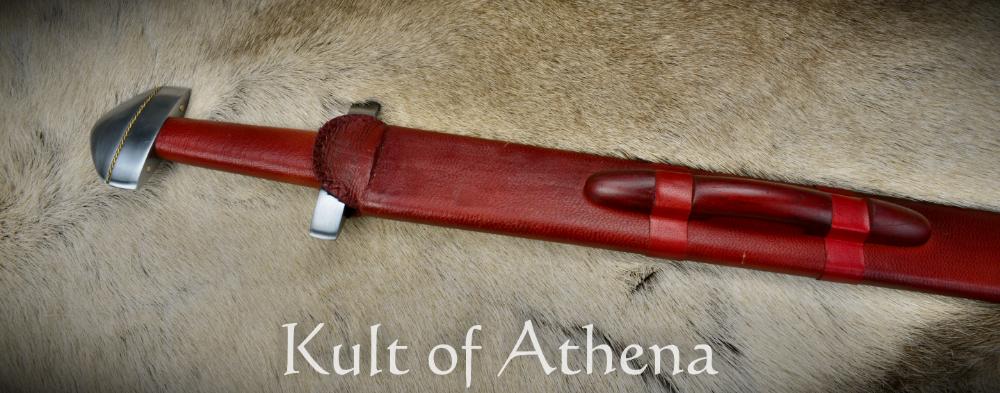

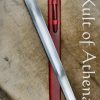

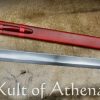
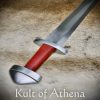
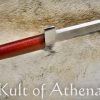
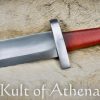
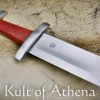
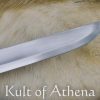
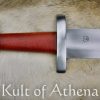
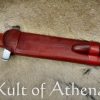

Reviews
There are no reviews yet.